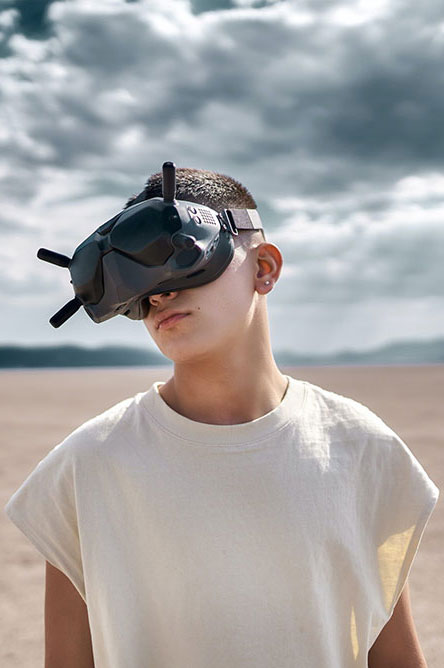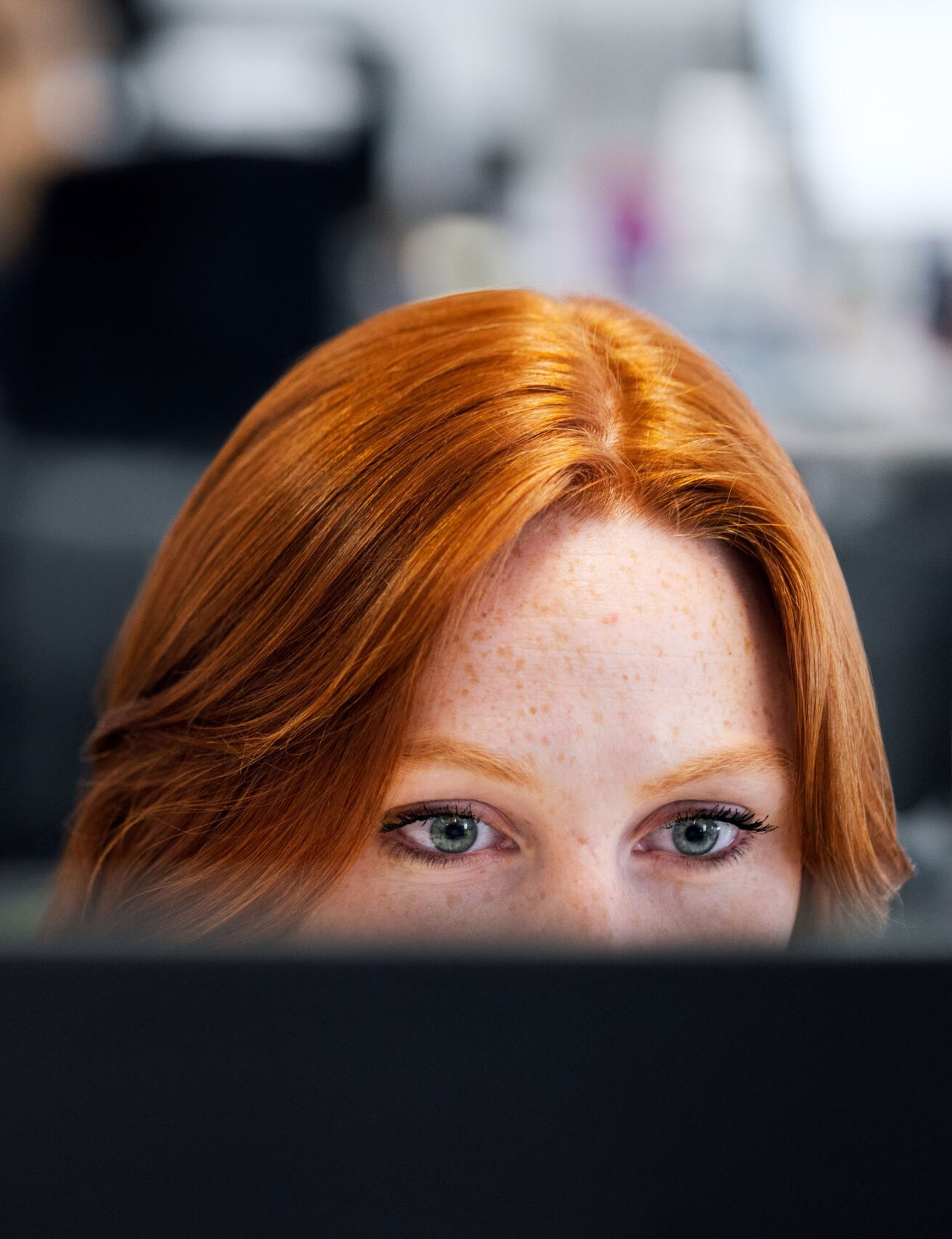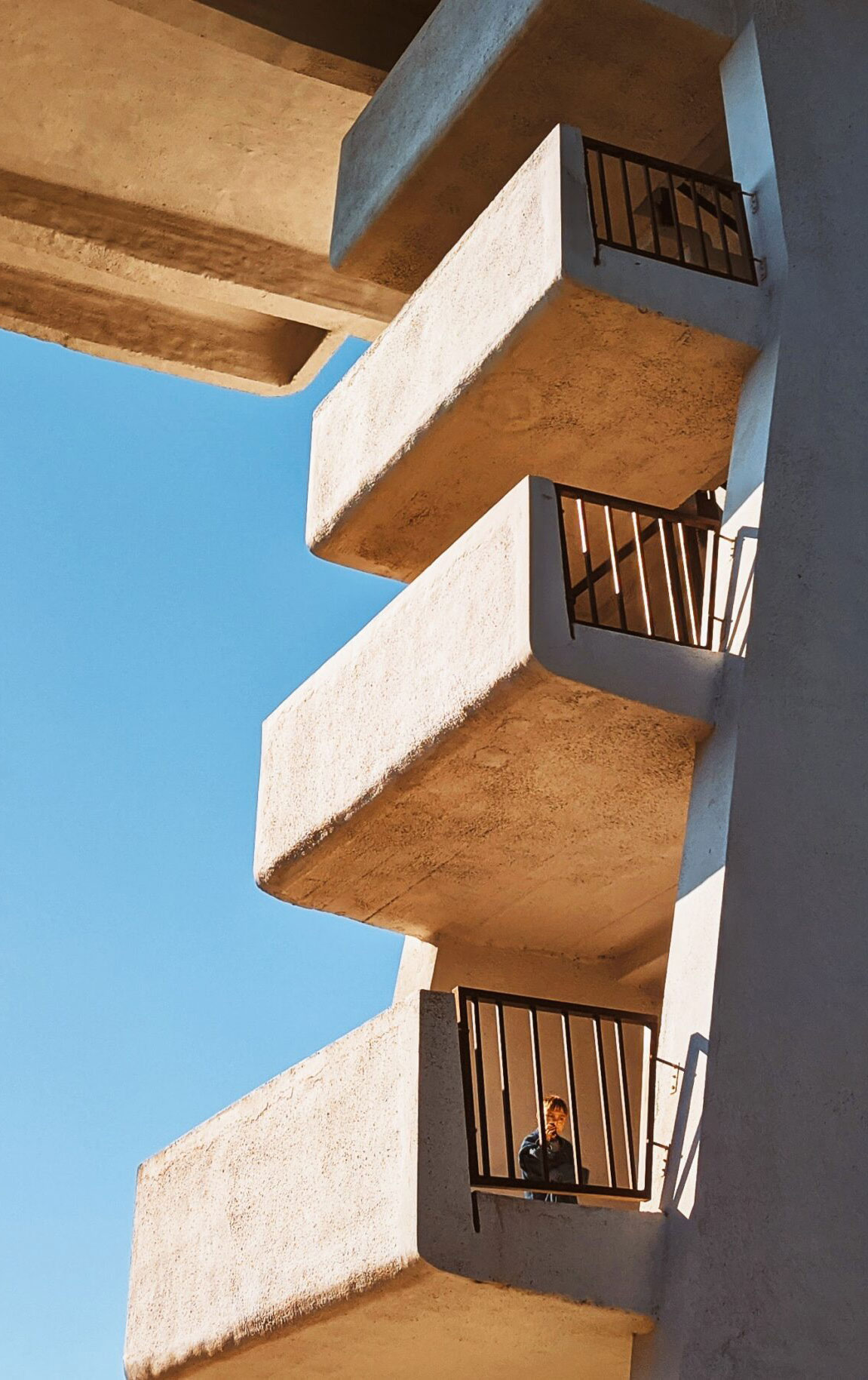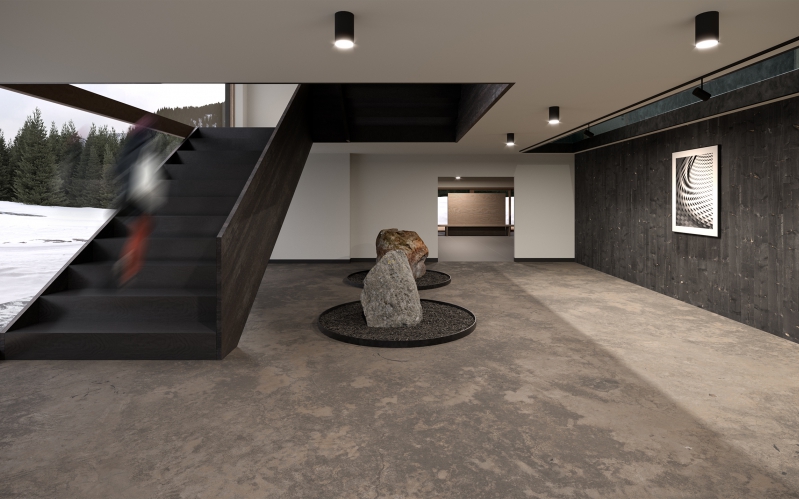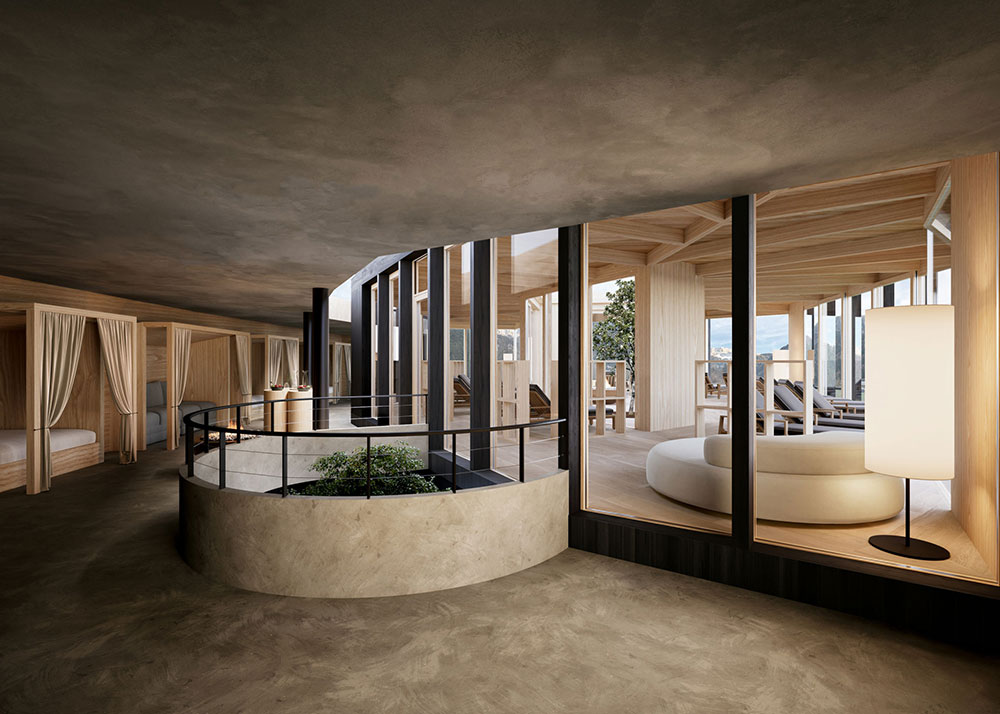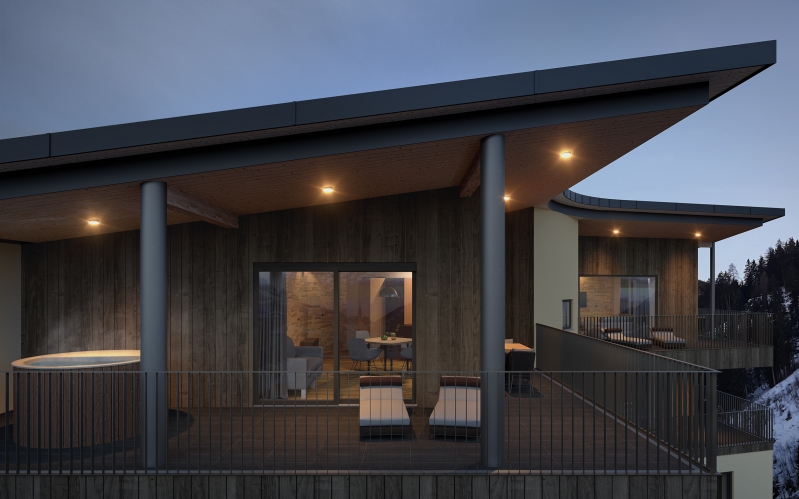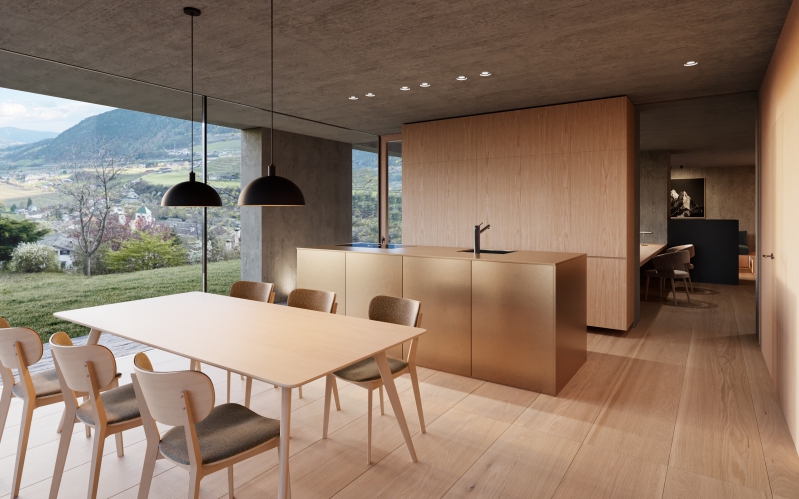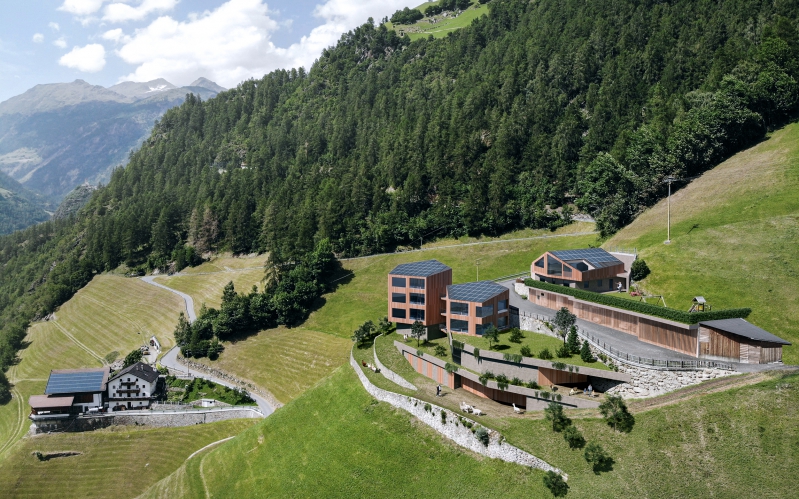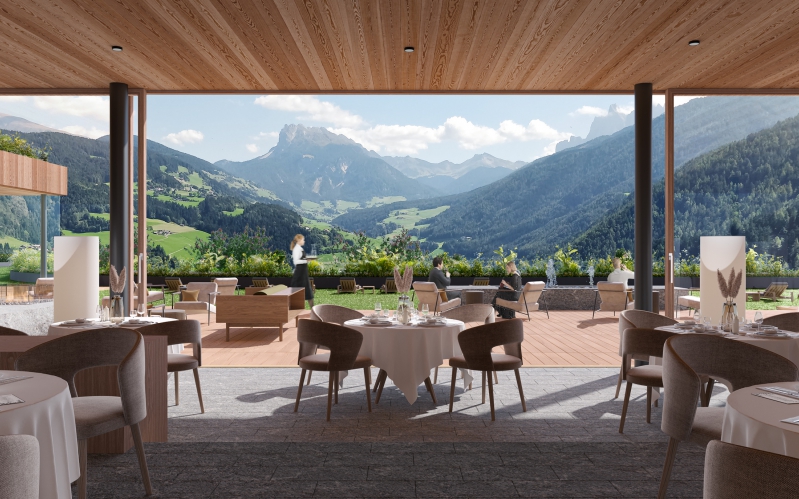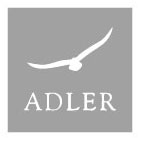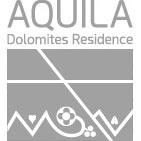
Rendering 3D e visualizzazioni architettoniche di alta qualità
Il tuo cammino verso un futuro tangibile attraverso le innovazioni 3D - Blikk Studio si distingue come azienda di visualizzazione architettonica ai massimi livelli.
Supportiamo i clienti in progetti di architettura e design ancora in fase di sviluppo o concept, consentendo loro di percepire la realtà attraverso i pixel.
Gli ambiti su cui ci concentriamo sono l’architettura, l’edilizia, l’urbanizzazione e il design.
Attraverso decenni di esperienza nel campo della visualizzazione architettonica, Blikk Studio migliora costantemente le proprie competenze, offrendo sempre la massima qualità ai clienti di piccole e grandi aziende, utilizzando le più innovative tecnologie 3D.













